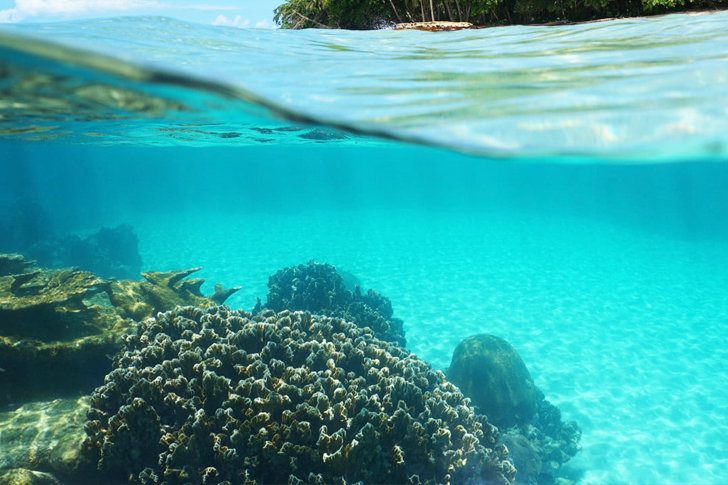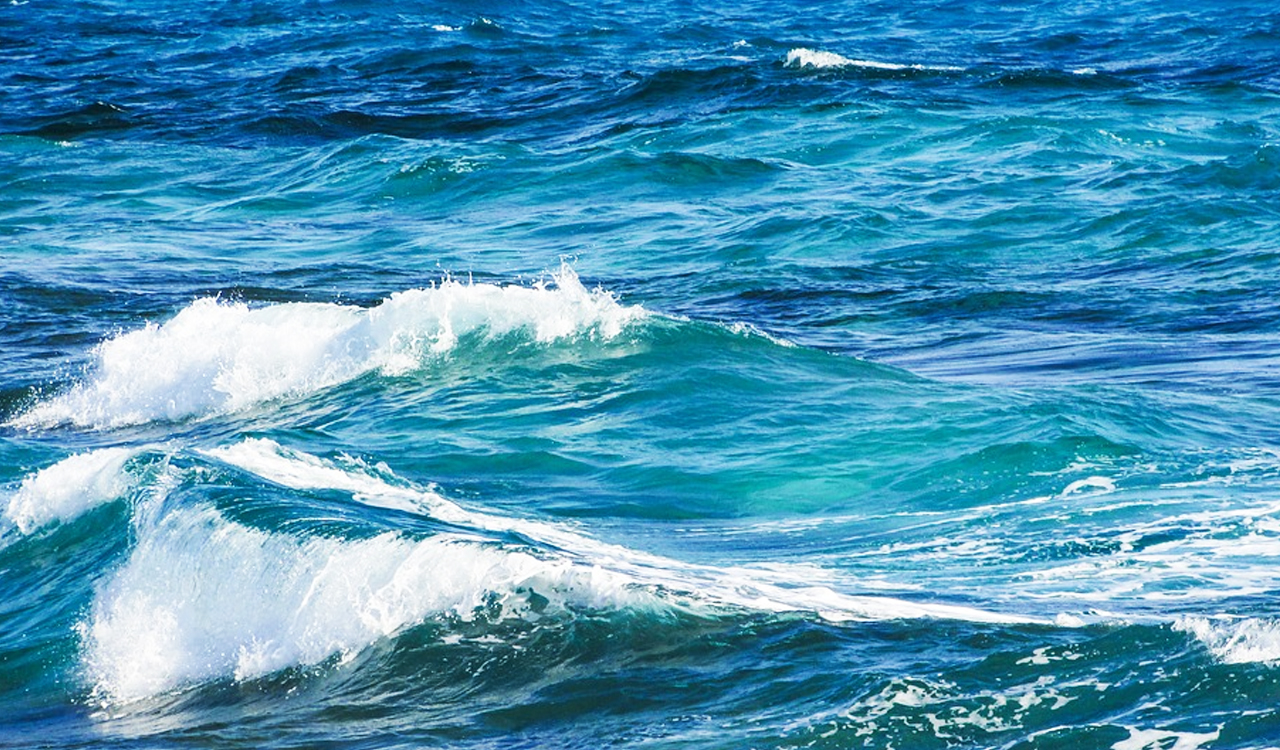A Canadian company finally got the go signal for an environment-saving technology. How would it change the land space of both technology and our environment?
There are lots of things we need to work on for our marine life, and without a doubt, this is one of the most crucial parts of our journey to save our waters and the life dwelling in it. With that said, a researcher based at Florida State University created a device that will be vital in monitoring ocean surface currents. This technology also helps monitor gas and oil spills and other marine pollution. It can also be used in a variety of ways, including weather forecasting while giving an edge when it comes to search and rescue operations.
The folks from FSU calls this game-changing technology Stokes drifters, and the brain behind this project is none other than Associate Research Scientist Nico Wienders. MetOcean, the company that received the license for manufacturing the light-weight buoy, is a big player when it comes to drifters and Iridium-based products, so they are no strangers when it comes to giving this device life of its own.
The President and Chief Executive Officer of MetOcean, Tony Chedrawy, is very excited about the collaboration, and we think that the will be the key to success behind this state of the art investment. He stated that the people behind the project did their parts correctly, very professional, and committed to their cause. He also added that this will be a pivotal addition to their wide selection of drifters and scientific types of equipment.
What Does It Mean To Our Lives?
Big bodies of water, including our oceans, play a crucial part, not only in our activities but in our economy as well. These giant bodies of water serve as a superhighway for shipping lines and act as a supply chain for our commercial fishing boats, so we can only imagine the impact it can make to large investments that rely on our oceans.
These kinds of devices are also important for scientific use, such as large-scale mapping of our sea and ocean currents, monitoring our climate, and checking sediment transport on the ocean bed. The function of Stokes Drift is also not limited to these. It can even help our marine biologists take a closer look at the ecosystem and animal migrations under the sea.
Stokes Drift is the first oceanic drifter of its kind that fits all the functions of our typical drifter but added new touches of technology that allow users to get a better feel when it comes to monitoring the surface currents of our oceans. It also packs with Iridium satellite telemetry, advanced GPS positioning, and temperature sensors. With these kinds of features, it will help our researchers to a degree that wasn’t possible in the last couple of years.

In addition to that, this new drifter can provide time-sensitive information to be transmitted anytime, which is a huge plus.
The design was far from the regular drifters in the market with long and bulging antennae which makes the device prone to capsizing. Nico Wienders eliminated that factor and found out that long antennae were really not a crucial part when receiving and transmitting information via satellites.
His project was funded by the GAP program under the university’s Office of Commercialization. It is not your regular loan as it is a short-term funding program for projects that provides strong potential in the commercial market with a high return of investment value.
Gary K. Ostrander, Vice President for Research at Florida State University, commended Nico Wienders for his work. He also added that he’s happy for his achievements and his creation to be put in good use and is widely recognized by MetOcean and the company’s team.
Article based on
Photo Credits:
Pickpic
Digital Trends

